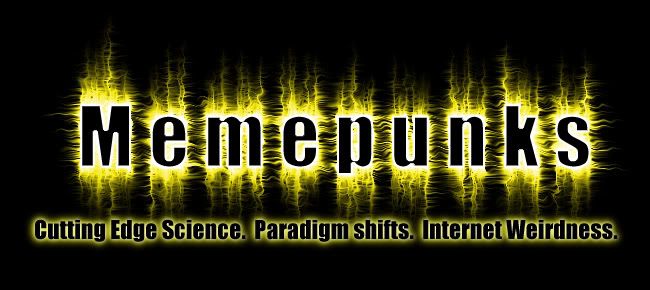Weekly Robot Update 005

Congratulations, it's a bouncing baby... Robot! Babybot is being developed by the Laboratory for Integrated Advanced Robotics at Genoa University in Italy. Babybot was built as part of the ADAPT project, the Artificial Development Approach to Presence Technologies. The goal of Babybot is to create a machine that interacts with its environment the same way we do at a very young age. The theory behind is to duplicate the human sense of "presence". Presence is how we view the world around us. It incorporates all of our senses, and gives us a unified picture of our environment and our place in it. "Our sense of presence is essentially our consciousness" says Giorgio Metta, ADAPT project coordinator.
So what they have done, is model a small robot on the torso of a two year old, and given it a whole suite of human like senses. Babybot has three gyroscopes in its head to provide a sense of balance. Its eyes are two video cameras designed to mimic the characteristics of human vision, with a high resolution central image, and low resolution peripheral. In addition they are set to work stereoscopically, to provide Babybot with depth perception. Its ears are directional microphones inside of external cones. They coordinate directional sound information with the visual input from the eyes to get a clear picture of the environment. Babybot uses a specially designed five fingered hand to grasp and manipulate its surroundings. The hand has 15 joints, and six active degrees of freedom. It has a cluster of pressure sensors to give Babybot a sense of touch.
Babybot's brain is a cluster of computers running a several simultaneous neural networks. A neural network doesn't work like a classical computer program. Instead, it mirrors how our brains work. The system establishes a myriad of artificial "neurons" within the network, each one having a specific function or way of behaving. The network then strengthens or weakens the links between those neurons to alter the programing. The same thing that happens to our own neurons. The neural net model is one of the top contenders for developing real artificial intelligence. And although Babybot is no computing powerhouse, it does have the beginnings of a mind of it's own. Check out the videos for some footage of Babybot in action. While it seems like not much is happening besides a mechanical game of pick up, what Babybot is doing is the same thing we all did in our earliest days; Learning who it is, by exploring its world.
Babybot is just the beginning. Dr. Metta and the rest of the ADAPT team are already hard at work on the sequel to Babybot. Something they have named Robotcub, scheduled to be completed by Spring 2007. Robotcub will have more neural network power, and better sensory input than his predecessor. In addition, Robotcub will easily be able to crawl, and if it is smart enough, even learn how to walk on its own! As an added bonus, Robotcub will be designed completely with Open Source Software and hardware. Anyone will be able to take advantage of the incredible work of the ADAPT team. Good work folks, I'll save you a spot for Weekly Robot Update 057. [via New Scientist]
"A new baby is like the beginning of all things-wonder, hope, a dream of possibilities." - Eda J. Le Shan



0 Comments:
Post a Comment
<< Home